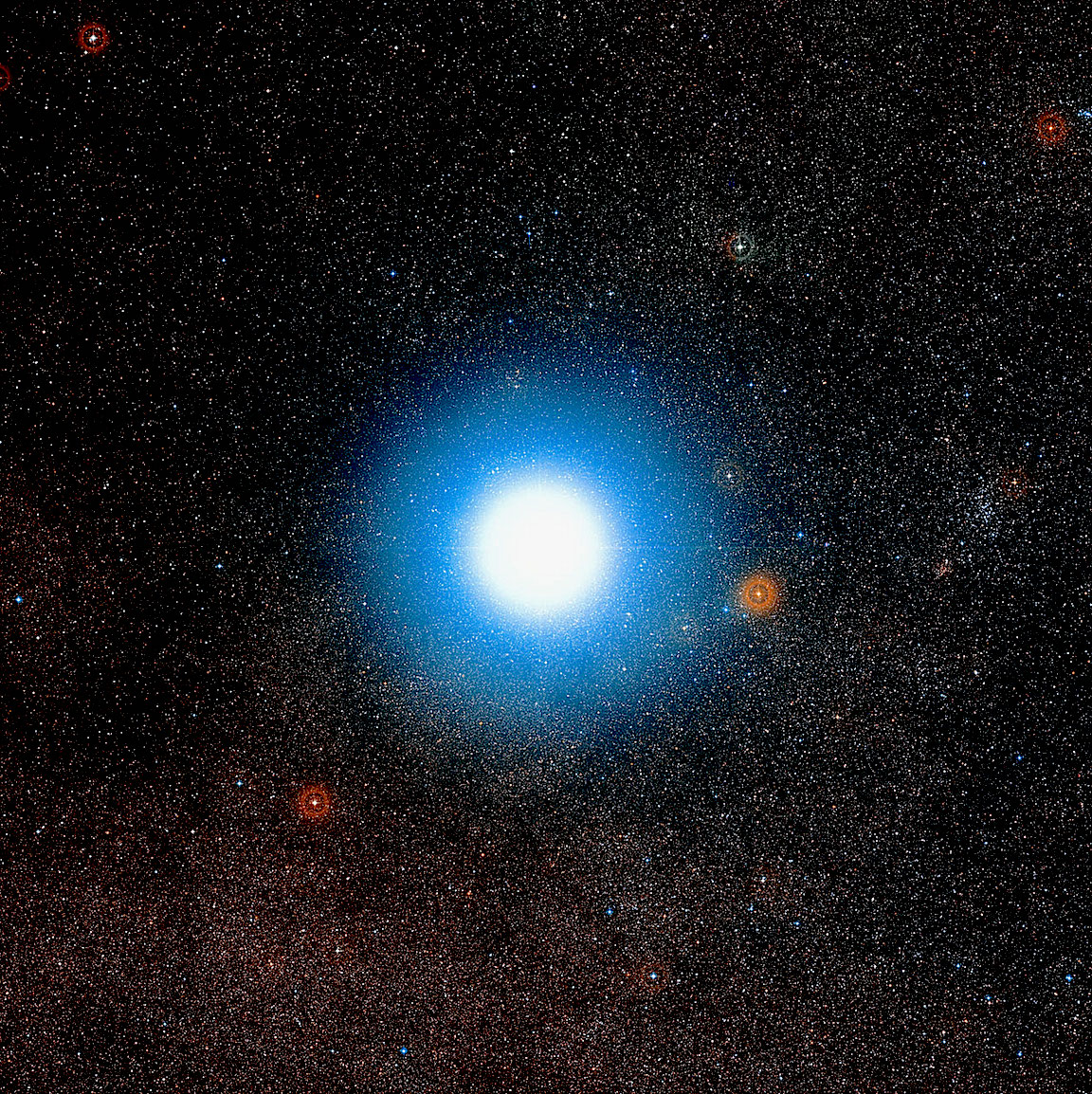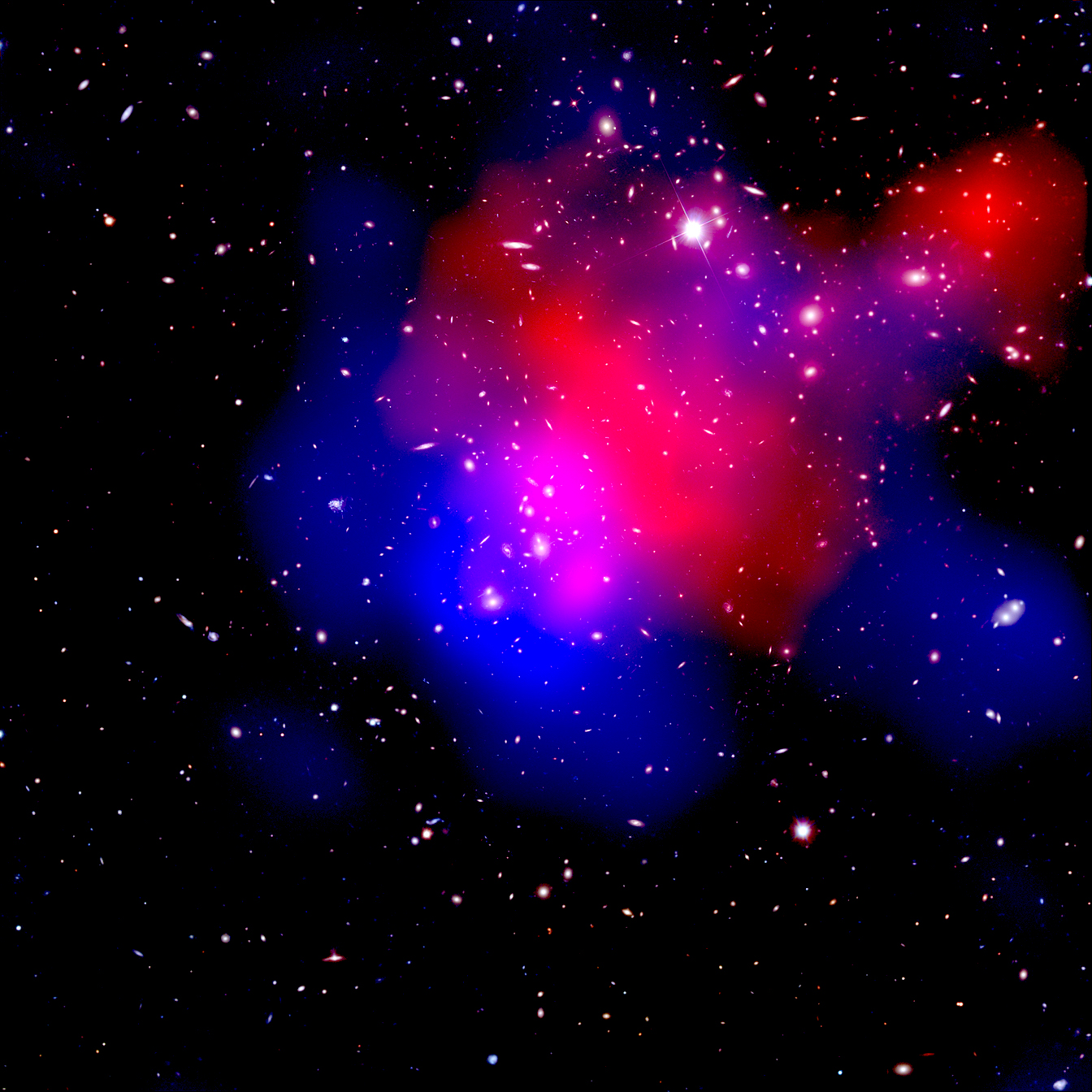Category: Picture of the Day
A picture and essay from the perspective of the Electric Universe.
Auroral Arrangement

Apr 27, 2015 Earth and Jupiter reveal their common connections to the Sun. As previous Picture of the Day articles mention, Earth possesses a complex electrically active structure called a magnetotail (or plasma tail) that extends for millions of kilometers, always pointed away from the Sun. Streams of…
A Place in the Stars
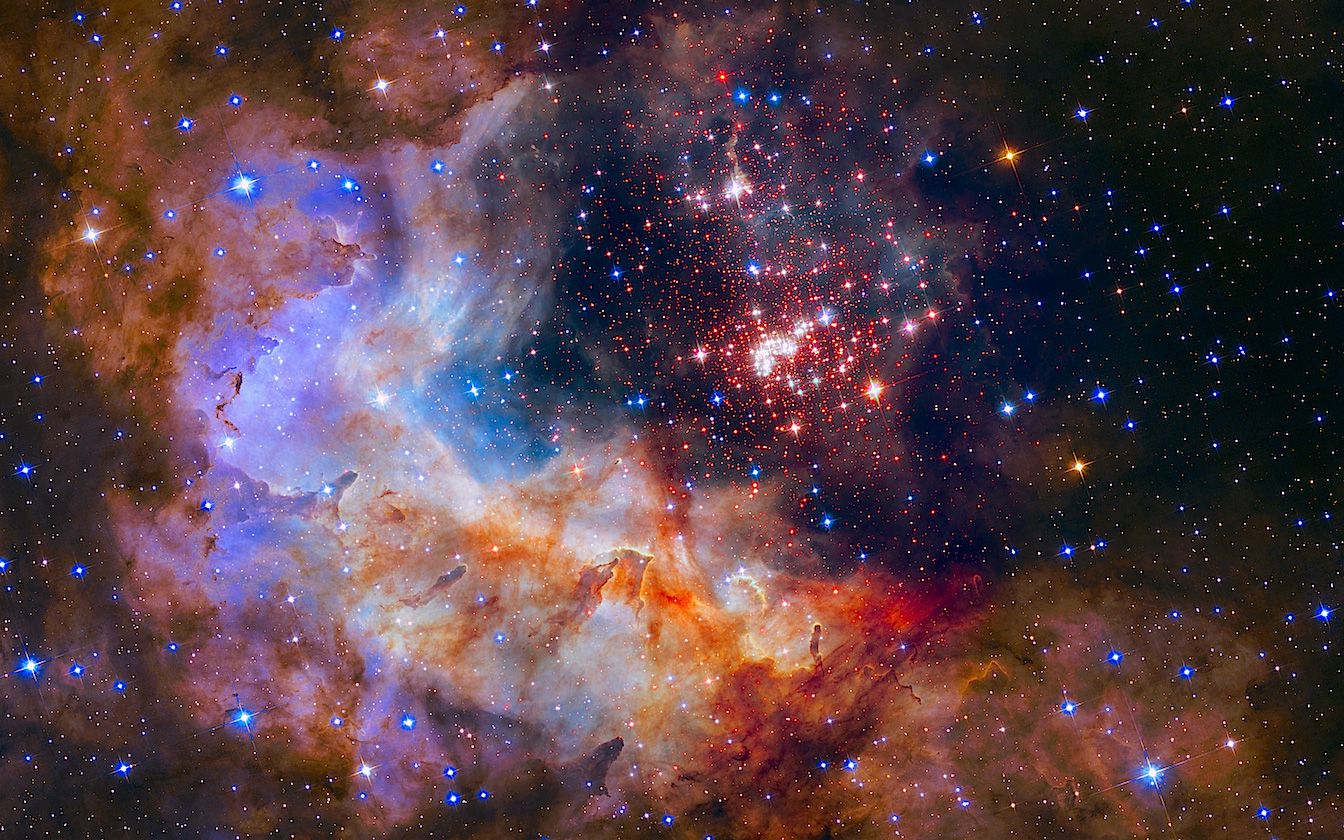
Apr 24, 2015 What takes place on Earth most likely reflects large-scale phenomena. In celebration of the Hubble Space Telescope’s twenty-fifth anniversary, the European Space Agency (ESA) released the image at the top of the page. The star cluster known as Westerlund 2, along with the surrounding view of…
Not So Far
What are Stars?

Apr 22, 2015 Stars are not merely gravitationally compressed hot gas. What are the stars? The question might seem self-evident, since children are taught from an early age that they are intensely bright, burning balls of hydrogen gas. A star’s great size, therefore its great gravitational attraction, is what…
The Heart of the Matter
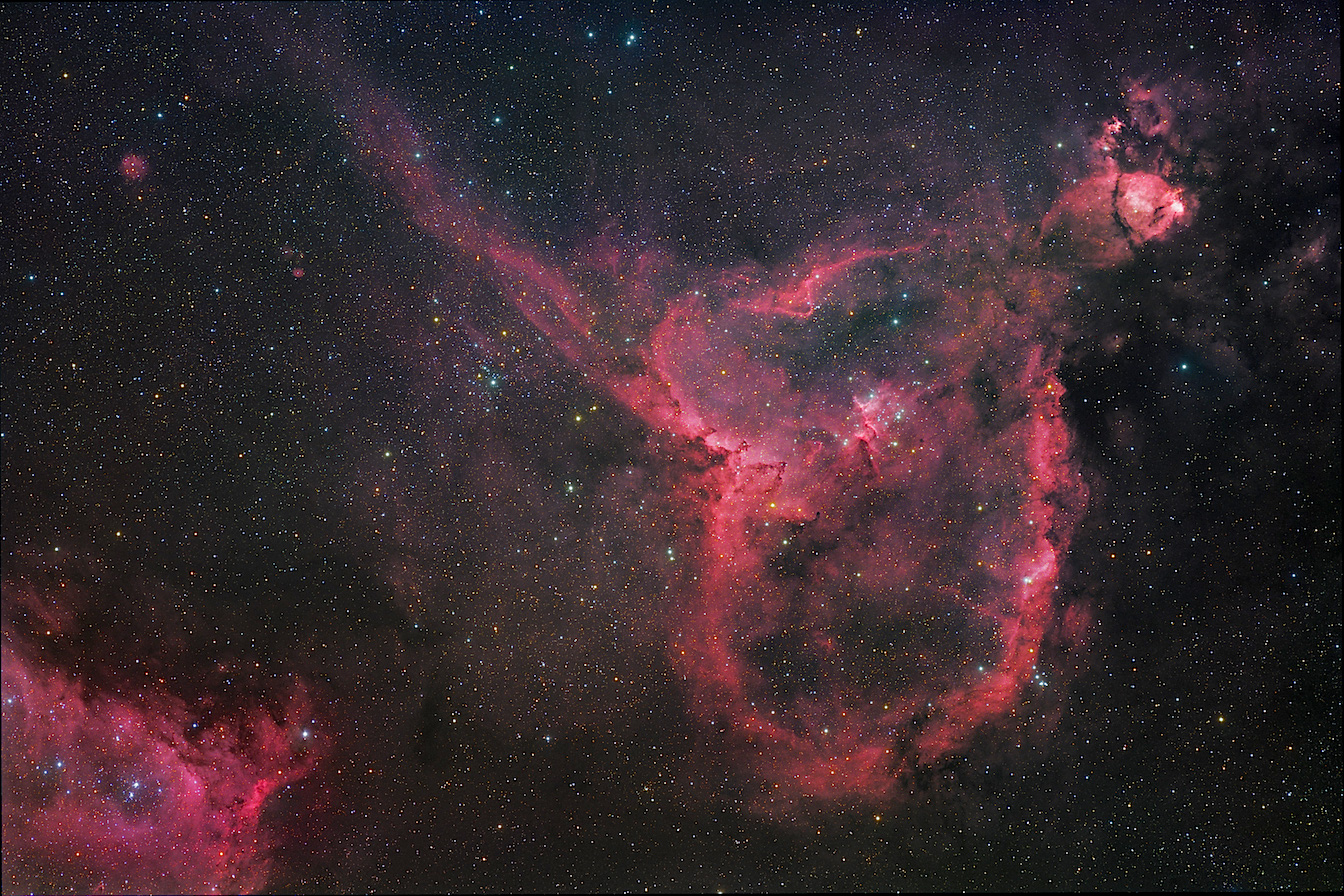
Apr 21, 2015 Nebulae exhibit electrical characteristics. Previous Picture of the Day articles contend for an electrical interpretation of astrophysical observations. Every science journal describes nebulae like IC 1805 in terms of gases and “blowing” dust, along with “winds” created by “shock waves” from exploding stars. In many cases a…
Dark Detection
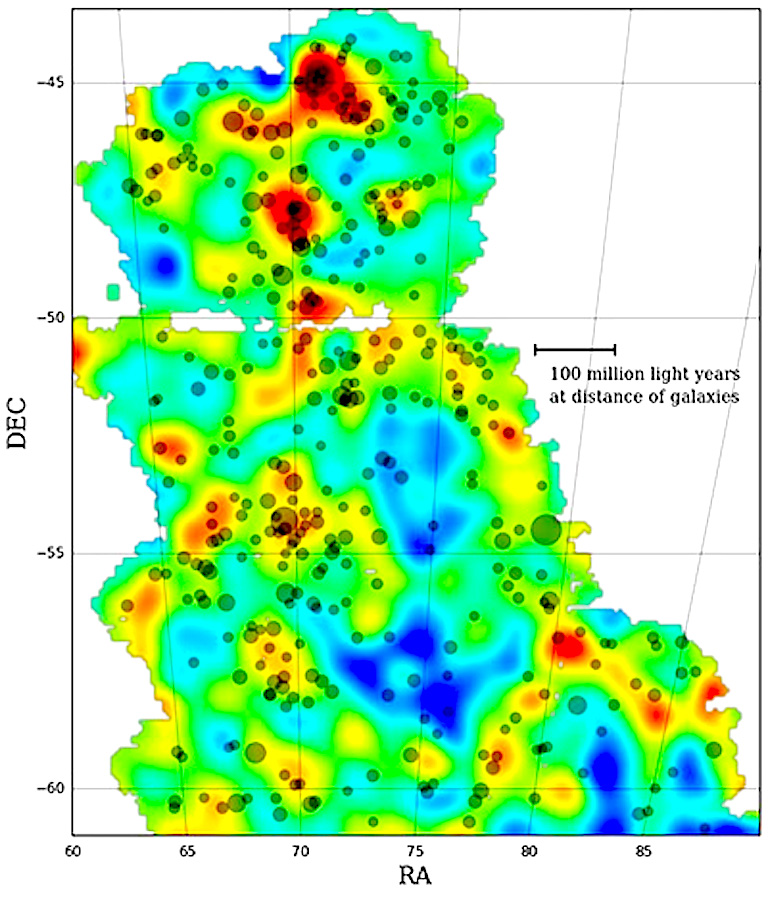
Apr 20, 2015 Electric Universe theory fits observations better than dark matter theory. In previous Picture of the Day articles about the existence of “dark matter”, it was noted that it is primarily an ad-hoc theory, created so that the current gravitational models of the Universe can be preserved….
Transverse Electric Discharges
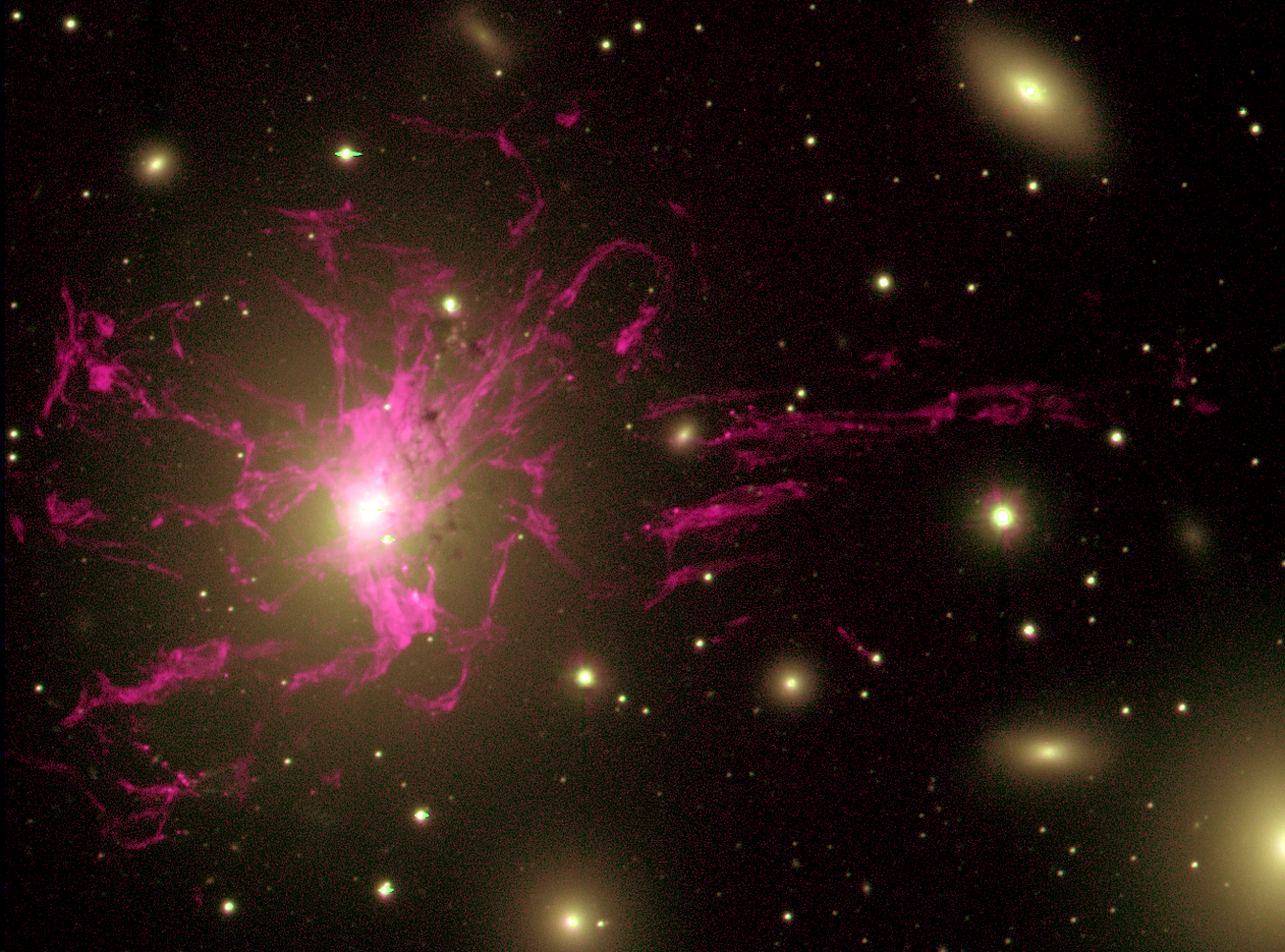
Apr 17, 2015 From galaxies to the laboratory, transverse electric charge flow accompanies a main discharge channel. On Earth, the main discharge channel is experienced as a terrestrial lighting bolt. Slow-motion studies reveal that each flash is a complex episode. Multiple leader strokes descend from the clouds, while similar,…
Rocking Rock
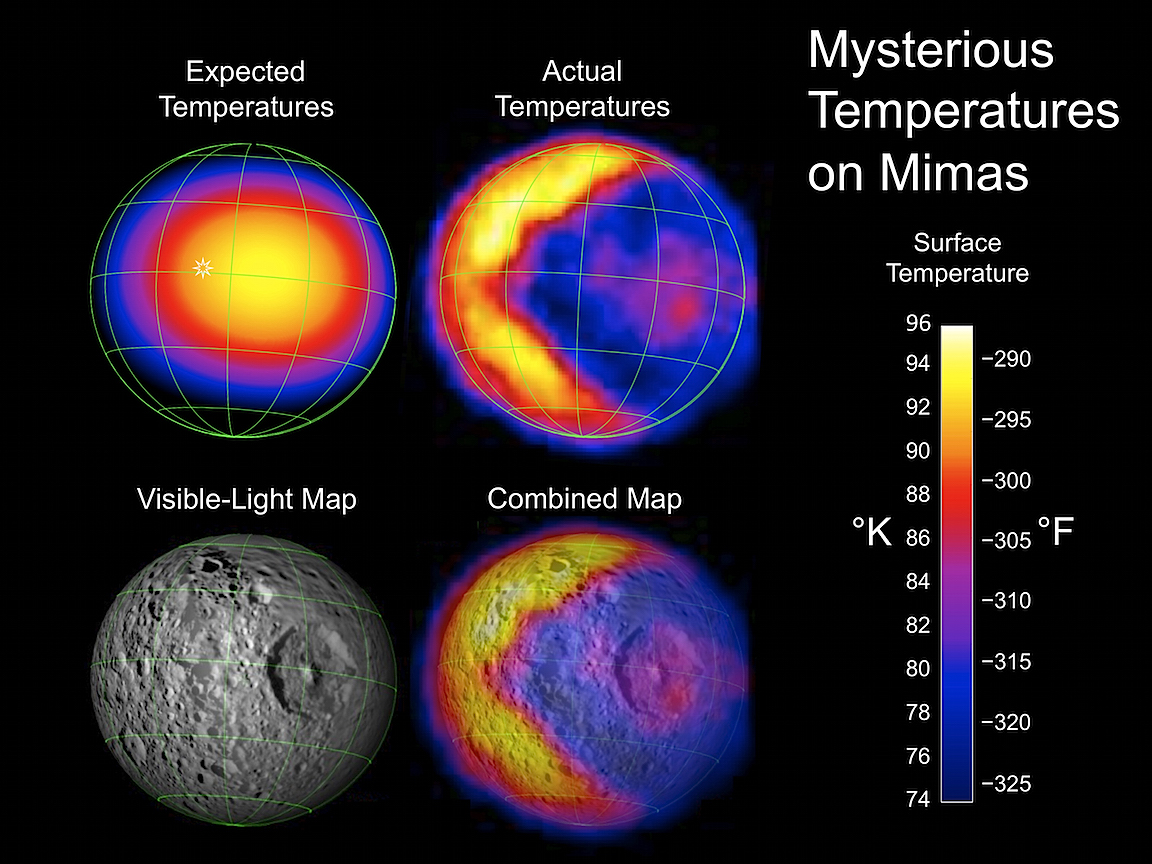
Apr 16, 2015 Saturn’s moon Mimas exhibits a significant libration. In past Picture of the Day articles, several moons in the Solar System were analyzed in terms of their electrical connection with their parent bodies. In particular, the discovery that Jupiter’s moon Io and Saturn’s moon Enceladus are exchanging powerful…
Plasma Contortions
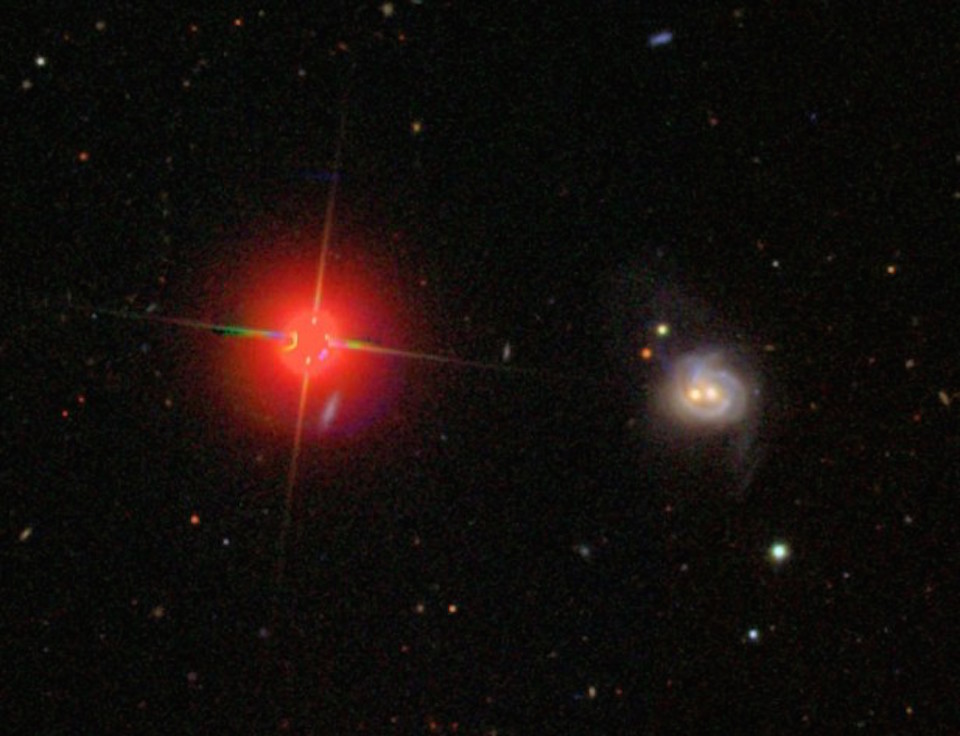
Apr 15, 2015 Rather than black holes, electricity should be considered. Electric Universe advocates propose that electric currents in plasma generate magnetic fields that constrict the current flow. As previous Picture of the Day articles point out, the constricted channel is known as a “Bennett pinch,” or “z-pinch.” Pinched…





